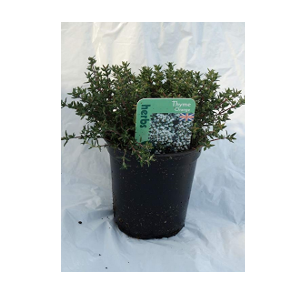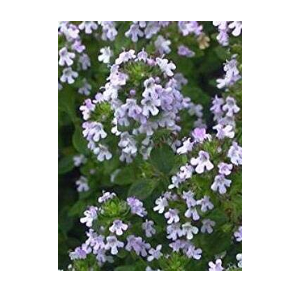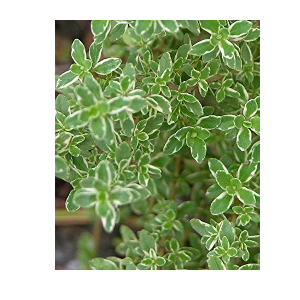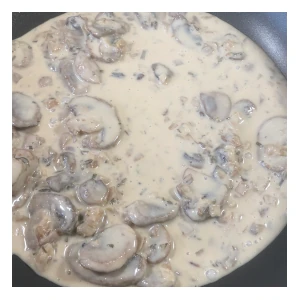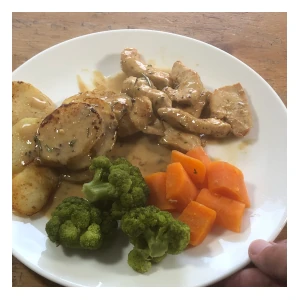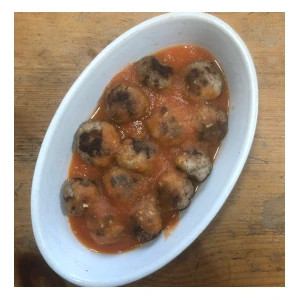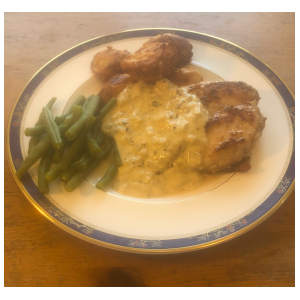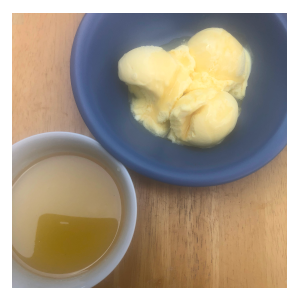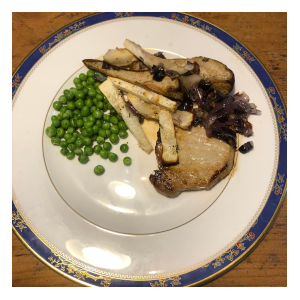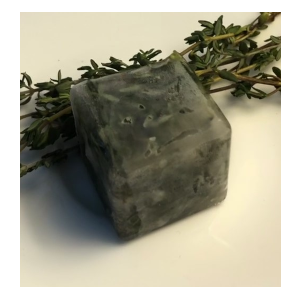Cooking with Thyme
If you are cooking with thyme then the key is to focus on the different varieties, as shown below.
Follow the links below for details, or read on for growing and cooking advice:
The Different Thyme Varieties
Orange thyme
Lemon Thyme
French Thyme
The cooking with thyme index
Below you will find in order:
- The different varieties of thyme
- How to prepare thyme
- Cooking with thyme – advice for different varieties
- How to grow thyme indoors
- How to take a thyme cutting
- Our most popular thyme recipes
1. – Lots of different varieties of thyme
There are over 100 different varieties – some are great for decoration or attracting bees or caterpillars. But the most popular ones to use for cooking are:
- French or common – the one used most often in cooking.
- Lemon
- Caraway
- Oregano-scented
- Orange
Use Fresh or dried thyme?
The advantage of growing your own is that fresh thyme is much more flavourful than dried thyme.
If you want to know how to grow the plant indoors a key element will be which type you want to grow – as different types taste differently and you might want to grow at least 2 or 3 different types. (more details lower down the page)
2. – How to prepare thyme
Thyme is very simple to prepare as an ingredient
- Wash the thyme before usings
- Then either use the whole sprig or simply remove leaves and bin the stalk.
- If you want to strip the leaves, hold a stalk at the top and run your thumb and forefinger along the stalk from top to bottom
Or the video shows ‘step by step’ instructions.
3. – Cooking with thyme – the different varieties
Taking them in turn.
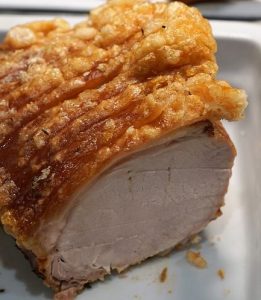
French or Common
This is the one you are probably used to. The leaves have a strong aroma and are useful in stews, soups and with meat and fish dishes. Because it’s such a powerful herb is it great when combined with other herbs like garlic, oregano, rosemary, etc.
Typical Recipes are
.
Lemon Thyme
This type will have yellow-green leaves that are lemon-scented, making it perfect for chicken and fish dishes.
Typical recipes
.
Caraway Thyme
If you are not familiar with caraway – the flavour is a bit like mild aniseed with a subtle liquorice hint. It is sometimes used as a substitute for caraway in recipes, but named after it’s use when seasoning beef. (It’s latin name is Thymus herba-barona)
Typical recipes:
.
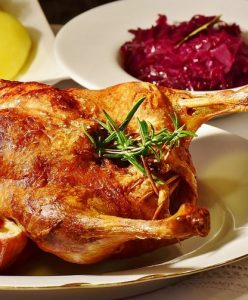
Orange thyme
The orange one combines both the original flavour with a citrus orange peel taste and is a great companion to the Lemon variety.
Typical recipes:
.
4. – How to grow thyme indoors

It tends to be best suited to well drained soil and full sun.
Which is why it’s ideal for growing either using soil or hydroponics on a balacony (if it’s sunny) or using a kitchen hydroponic or aquaponic kit with back up lighting.
If using soil
- Sow the seeds thinly into moist warm soil
- Cover slighly – will germinate 7 to 21 days
- Thin to 30 cm between plants
.
Using Hydronics or Aquaponics
- It is ideal for hydroponics or aquaponics
- Will take about 5 to 7 weeks before harvesting
- You can speed this up by planting cuttings
5. – To get a thyme cutting
Cut at the point where the leaves attach. Then remove the lower leaves and then push the cut end into a container of moist soil mix. Keep the pot in a warm, shaded area and keep slightly damp. The video provides full details
How to start
Hopefully our guide showing how to grow thyme indoors has helped.

